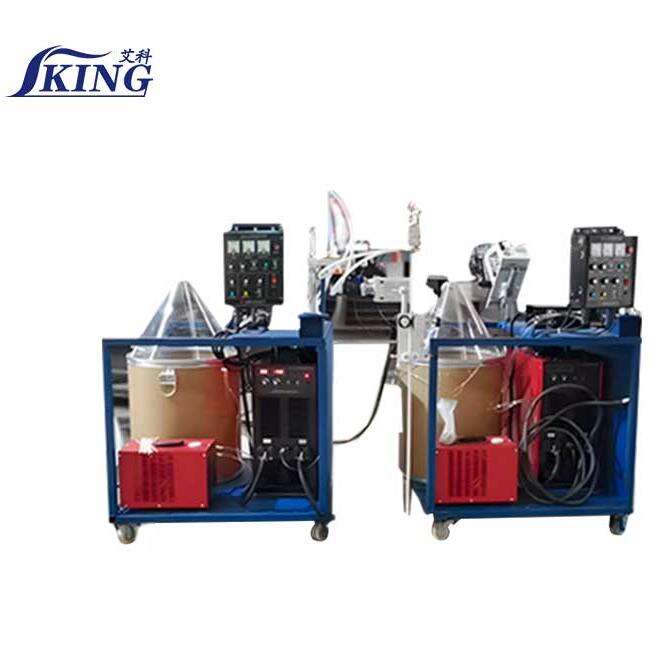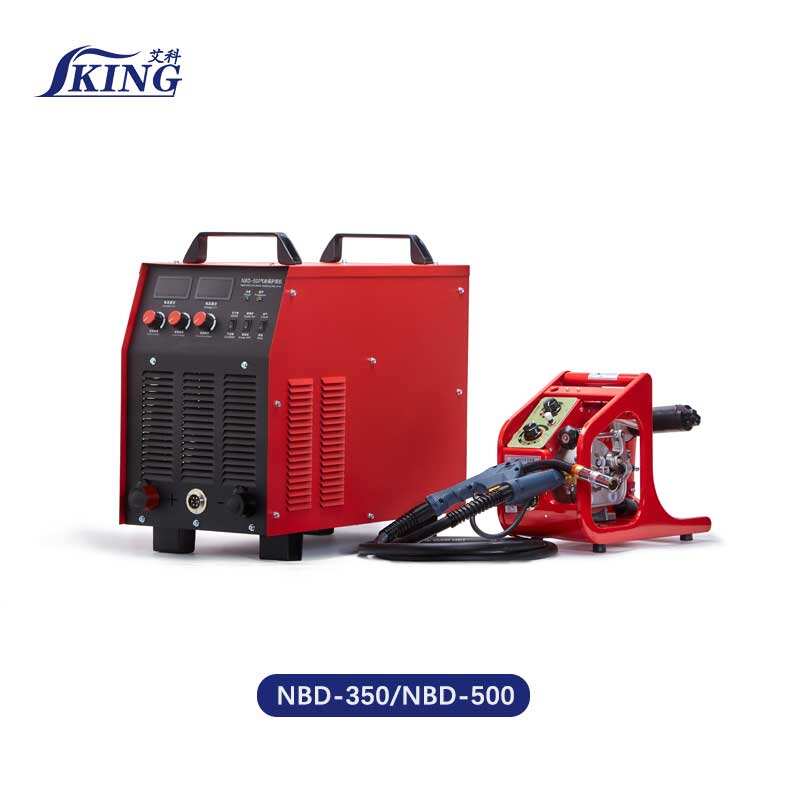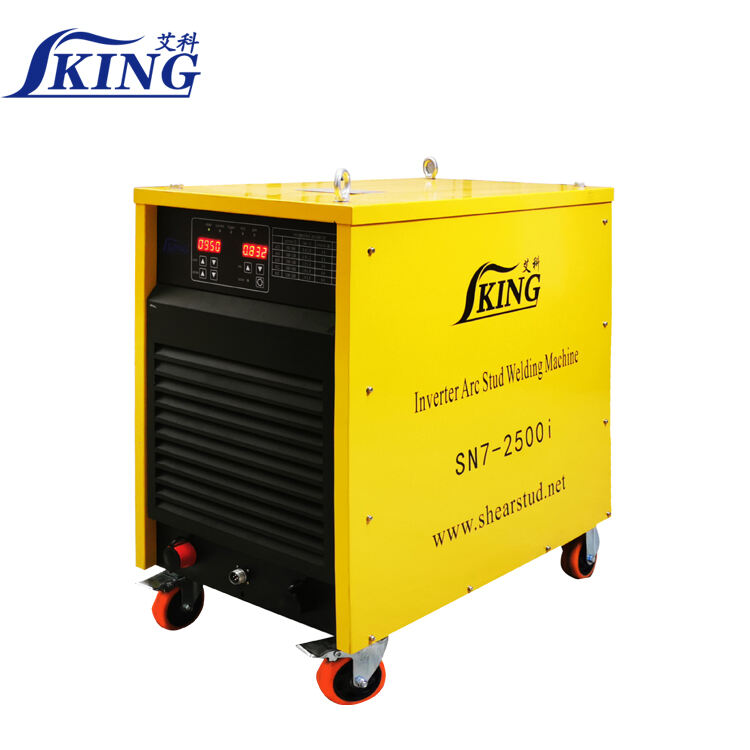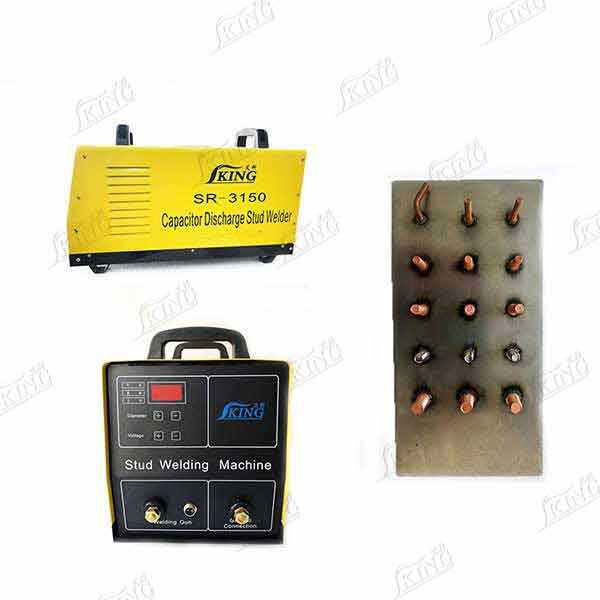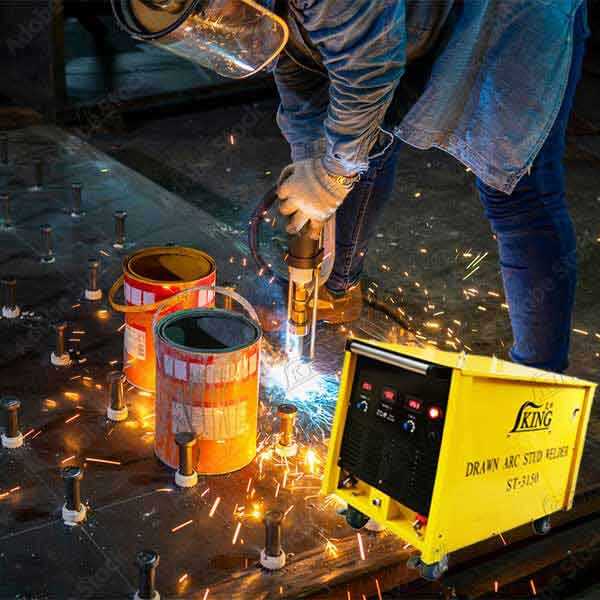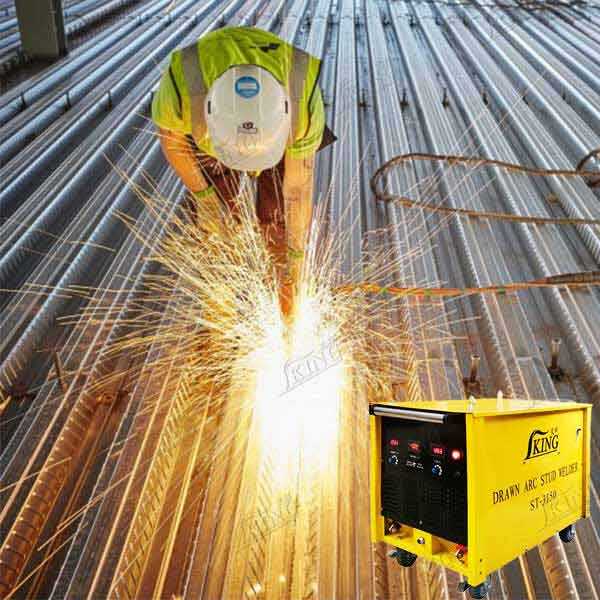stud welding machines
Stud welding machines represent a cornerstone of modern industrial welding technology, offering a precise and efficient method for joining studs to metal surfaces. These sophisticated systems utilize an electric arc process that creates strong, consistent welds in milliseconds. The machines feature advanced microprocessor controls that ensure precise timing and energy delivery, resulting in optimal weld quality every time. Modern stud welding equipment comes with adjustable parameters for weld time, current, and plunge settings, allowing operators to fine-tune the process for different materials and stud sizes. These machines can handle a wide range of stud diameters, typically from 3mm to 25mm, and work effectively with various metals including steel, stainless steel, and aluminum. The technology incorporates automatic feeding systems for high-volume applications, making it ideal for production environments. Safety features include overload protection, temperature monitoring, and emergency stop functions. The systems also offer digital displays for parameter monitoring and adjustment, enabling operators to maintain consistent weld quality throughout production runs.

